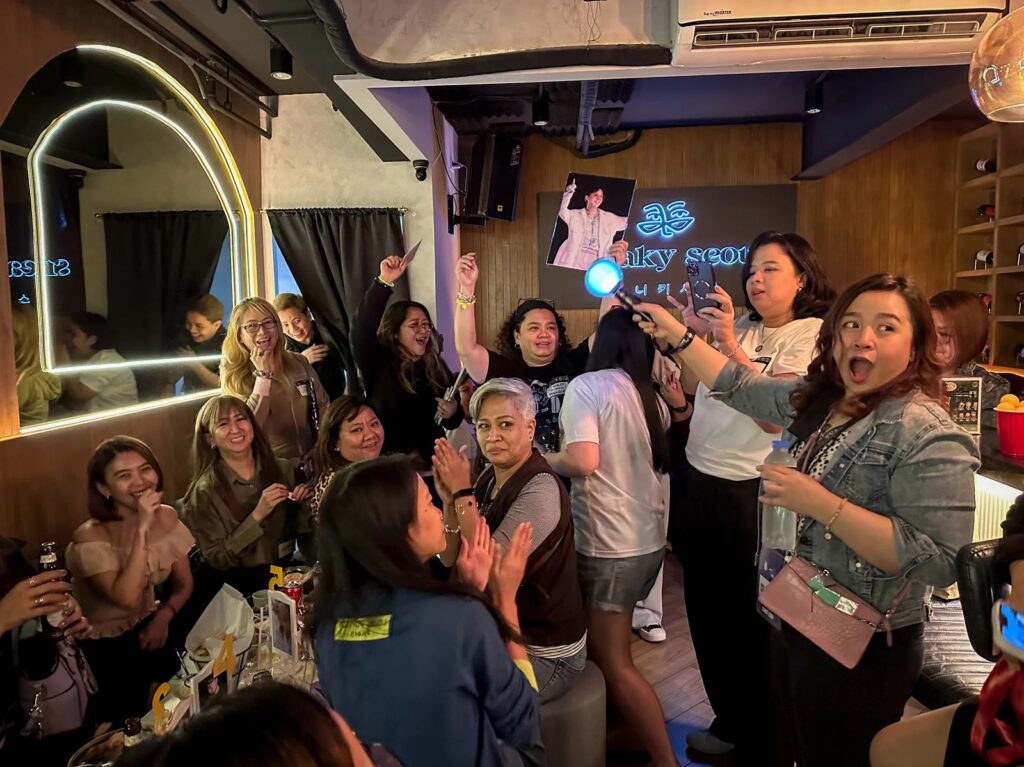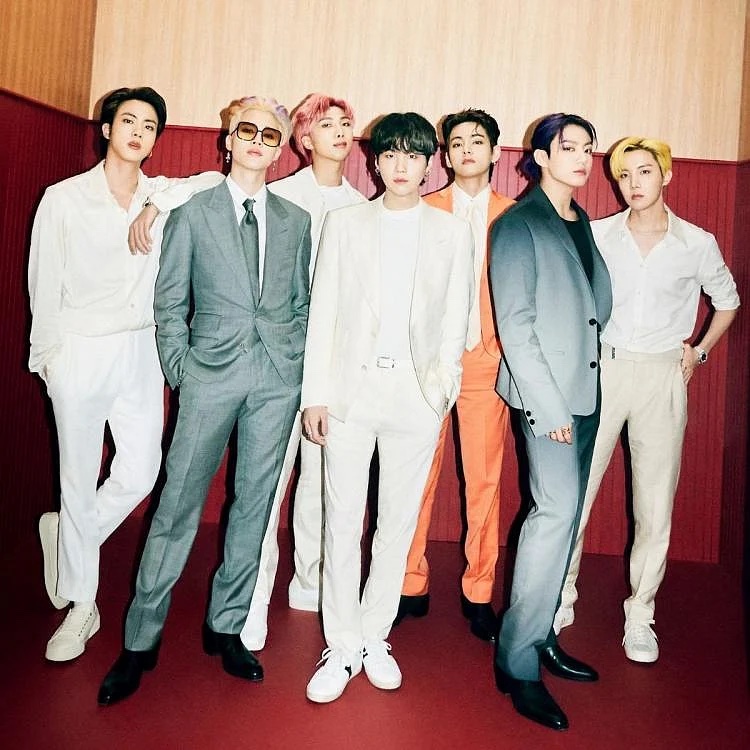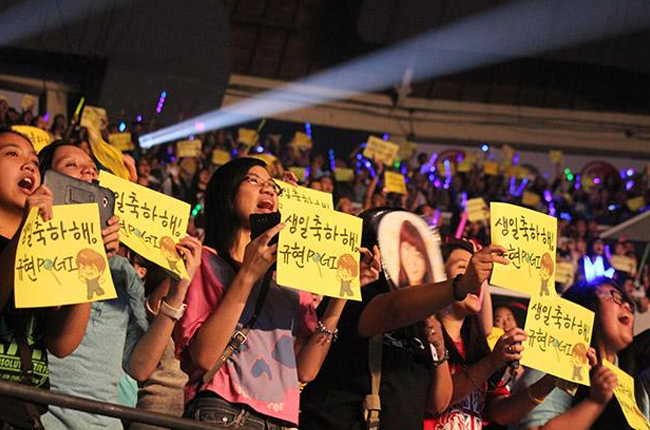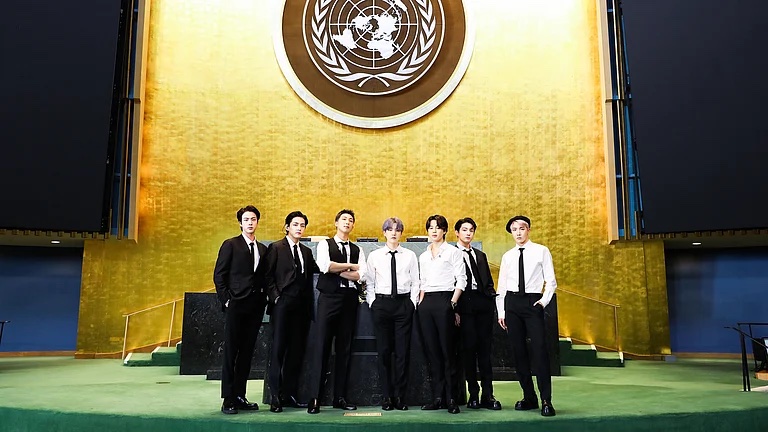
How We First Fell in Love with K-Pop

Do you remember the exact moment you became a K-pop fan? Maybe a friend said, “Listen to this song, bes,” and next thing you knew you were up until 3 AM watching music videos.
Perhaps you stumbled upon a K-drama OST that led you to an idol’s song, just like Demai Sunio-Granali, the founder of the “Titas of BTS” group.
She first encountered BTS while watching Korean dramas—one OST performance led to another song, then another, until boom she realized this group was something different. We all have a story: “Everyone has a story about how they became fans… Some got hooked through friends; others through siblings and children,” Sunio-Granali notes. However it started, one thing’s for sure—once that K-pop spark ignited, there was no going back. (As ARMY like to joke, ‘Once you Jimin, you can’t Jim-out!’ 😉).”
The Moment of “Ipdeok” (Entry to Fandom)
K-fans even have a term for that magical turning point: “ipdeok”—the moment you enter the fandom.
It could’ve been seeing BLACKPINK’s fierceness in “DDU-DU DDU-DU” or getting goosebumps when EXO hit that high note in “Don’t Stop the Feeling.”
For many Filipino fans, Hallyu (the Korean Wave) first washed ashore via K-dramas in the 2000s—we fell for the romance in Endless Love or Boys Over Flowers, then discovered the idol singers behind those OSTs.
Others got pulled in during the late 2000s/early 2010s K-pop boom: think Super Junior’s “Sorry, Sorry” days, 2NE1 with our very own Sandara Park (Krungy!), or the viral craze of PSY’s “Gangnam Style.”
However it happened, we went from curious onlooker to certified stan in no time. One fan beautifully described the process in stages: At first you just stumble into this “beautiful territory,” then you start understanding the music and messages, and “you stay because of the work that they are putting out”. In short, we come for the hype but stay for the heart.
When Fandom Becomes Personal

Becoming a stan is often an emotional experience. One day you’re casually listening to songs, and the next you’re learning the members’ names, birthdays, and blood types (oh, the trivia!). That “ulit-ulit” moment of replaying a music video because you just can’t get enough.
The kilig of picking your bias (favorite member) and feeling seen by their voice or personality. Many fans describe feeling an instant connection—like Sunio-Granali did with BTS: “I connected with them because of how they expressed themselves through lyrics, how they told their story and described their struggles,” she says.
Suddenly, their music isn’t just catchy; it’s comfort on a bad day, inspiration to study harder, or the soundtrack to our happiest moments. And it’s not just teens experiencing this. The fandom spans generations. Yes, even titas and titos are joining the fun!
The rise of groups like the “Titas of BTS” here in the Philippines—a fan community of women (and some men) in their 30s and beyond—proves you’re never too old to stan. Some of us got into K-pop a bit later in life, when we already had jobs or even kids.
Imagine being 26 and discovering TWICE or Seventeen—you suddenly have the freedom (and income) to buy albums and concert tickets guilt-free.
One fan joked about this, saying “I was a little older than the average teenage K-pop fan… But unlike them, I don’t have parental restrictions on purchases. I charge my fan club membership to my own credit card—entirely and unequivocally my fault!” LOL, relatable! Whether you’re 16 or 36, once you find your group, you feel young at heart.
Filipino Pride and the Local Connection

For Filipino K-pop stans, there’s often a sense of Pinoy pride intertwined with our origin stories.
Many of us cheered on Sandara Park when she transitioned from local celebrity to K-pop idol in 2NE1, proudly thinking, “isa sa atin ‘yan!” Her success made K-pop feel closer to home and inspired many to give this foreign music a chance.
Fast forward, and now we even have homegrown P-pop groups like SB19 (trained under a Korean company) and BINI bringing that idol flavor locally.
Some fans actually discovered K-pop through P-pop—curious about SB19’s influences, they traced back to BTS or EXO, and boom, a new multi-fan was born.
On the flip side, long-time K-pop stans have welcomed P-pop with open arms, seeing it as an extension of the fandom life we love. After all, the fandom culture—the spazzing, the projects, the community—feels wonderfully familiar whether it’s for a Korean group or a talented Pinoy group.
The Journey Continues

That first love feeling of finding your idol group is something @fanflareapp celebrates as it works to promote K-culture in the Philippines. They know how a single song or video can kickstart a passion that lasts a lifetime.
FanFlare’s mission is to empower those passions—acting as a bridge between Filipino and Korean pop culture. In a way, FanFlare is like the friend who handed you a pair of lightsticks and said “tara, konsert!”—encouraging you to dive deeper into fandom life.
As we kick off this 8-week series, take a moment to cherish your own fandom origin story. Post a throwback or share your “How I became a K-pop stan” tale—we’d love to hear it! Use #MyKpopOrigin or tag @fanflareapp in your posts.
Whether you first fell in love with BIGBANG back in the day or joined the NCT hype just yesterday, your story is part of the ever-growing tapestry of K-pop fandom in the Philippines. We came from different starting points, but we’ve all arrived in the same place: a vibrant, joyful community of stans. And this is just the beginning. 😉 Stan mode on, mga bes!


